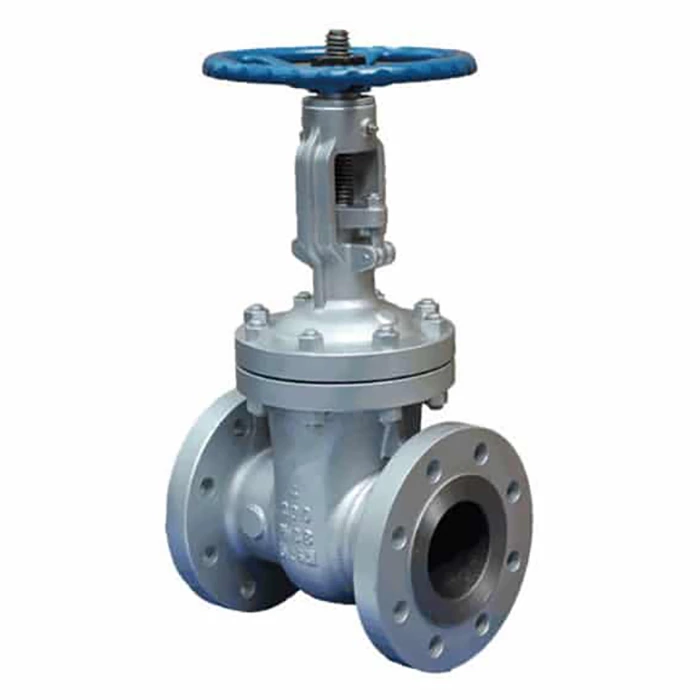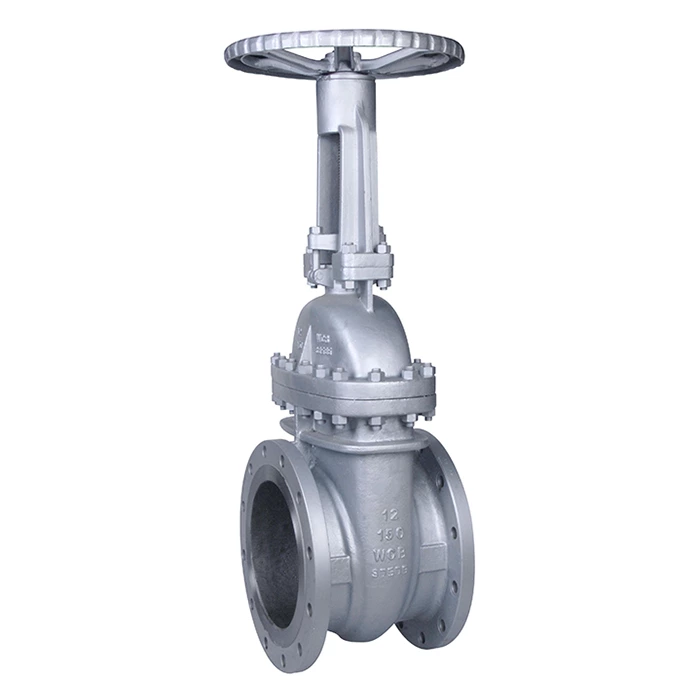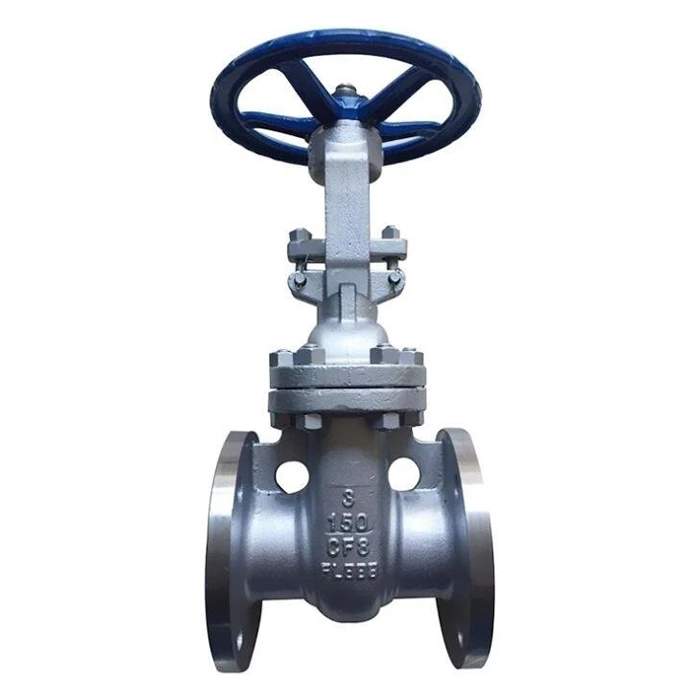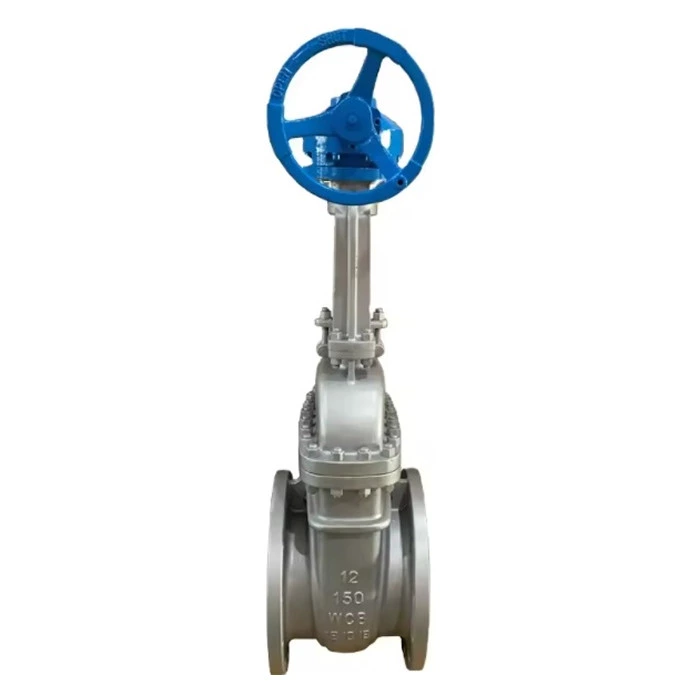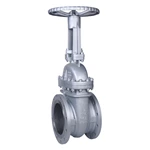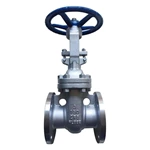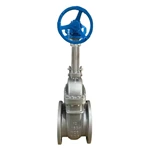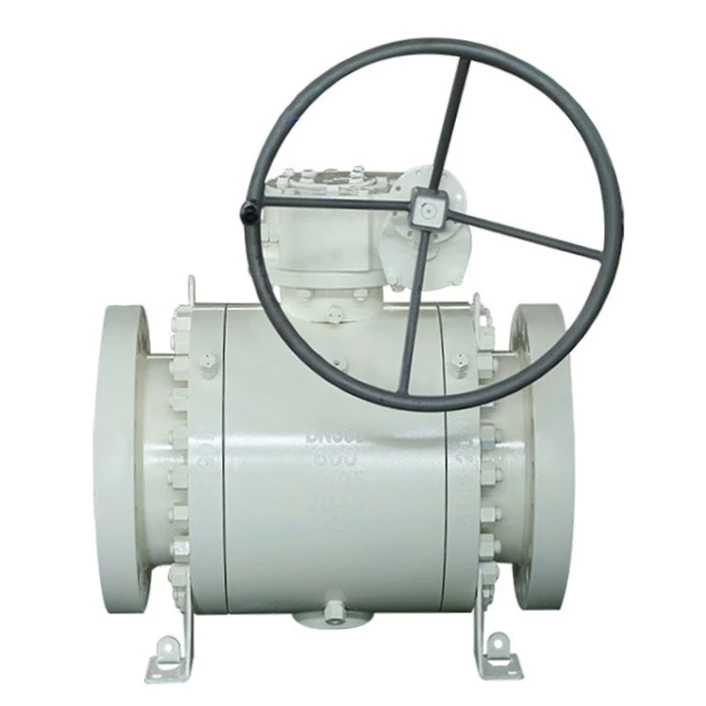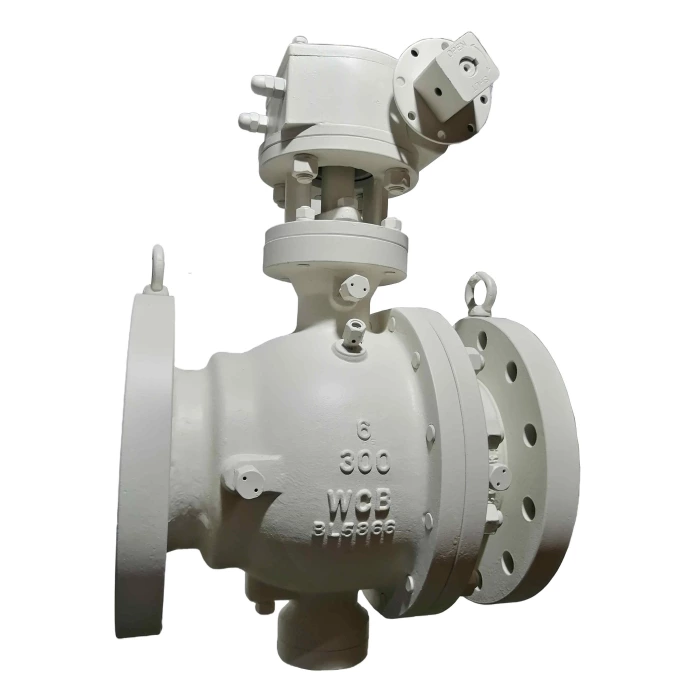API 600 Gate Valve
API 600 gate valves are bolted bonnet steel gate valves designed for petroleum refinery and related applications. API 600 gate valves feature full port openings and handle corrosive, erosive, and harsh service conditions. The gate valve features as following:
— bolted bonnet;
— outside screw and yoke;
— rising stems; non-rising handwheels;
— single or double gate; — wedge seating;
— metallic seating surfaces;
— flanged or butt-welding ends.
1. Scope and Application
- Type of Valves: Covers heavy-duty bolted bonnet steel gate valves intended for petroleum refinery and related applications.
- Design Features: Includes bolted bonnet, outside screw and yoke, rising stems, non-rising handwheels, single or double gates, wedge or parallel seating, metallic seating surfaces, and flanged or butt-welding ends.
- Size Range: Nominal pipe sizes from DN 25 to DN 1050 (NPS 1 to NPS 42).
- Pressure Classes: Rated for pressure classes 150, 300, 600, 900, 1500, and 2500.
2. Design Features
2.1 Body and Bonnet
- Minimum Wall Thickness: Specified for both body and bonnet, ensuring structural integrity.
- Body Dimensions: Flanged ends comply with ASME B16.5 for sizes up to DN 600 (NPS 24) and ASME B16.47 for larger sizes.
- Butt-welding Ends: Conform to ASME B16.25, with weld preparations that do not reduce body wall thickness below specified limits.
2.2 Bonnet-to-Body Joint
- Joint Types: Flange and gasket type, with options including flat face, raised face, tongue and groove, spigot and recess, or ring joint.
- Gasket Materials: Include solid metal, metal ring joint, spiral-wound metal gasket, etc.
- Bolting: Minimum of four through-type stud bolts, with sizes and cross-sectional areas specified.
2.3 Gate
- Gate Types: One-piece wedge gate (solid or flexible wedge), two-piece split wedge gate, or parallel seat double-disc gate.
- Seating Surfaces: Integral or faced with weld metal, with specified minimum finished thickness.
- Guide Surfaces: Provided to minimize wear, position the gate accurately, and ensure alignment.
2.4 Yoke, Stem, and Stem Nut
- Yoke Design: Retains the stem nut and permits stem nut removal under pressure.
- Stem Design: One-piece wrought material, with minimum diameters specified for different pressure classes and sizes.
- Stem Nut: Design allows removal of the handwheel while keeping the stem in a fixed position.
2.5 Packing and Packing Box
- Packing Materials: Graphitic material suitable for steam and petroleum fluids.
- Packing Box Dimensions: Accommodate a minimum of five uncompressed rings of packing, with specified surface finish and clearances.
3. Materials
- Body, Bonnet, and Cover: Selected from ASME B16.34 material groups 1, 2, and 3.
- Trim Materials: Include various options for seating surfaces, stems, and backseat bushings, with specified hardness and composition.
- Bolting Materials: Recommended materials listed, with options for body-to-bonnet and gland/yoke bolting.
4. Testing, Inspection, and Examination
- Inspection and Examination: In accordance with API 598 to ensure compliance with standards.
- Pressure Tests: Performed to verify valve integrity.
- Repair of Defects: Defects in cast or forged steel valves may be repaired as permitted by applicable ASTM specifications.
5. Marking and Shipment
- Marking: Valves marked in accordance with ASME B16.34, with additional designation "API 600" on the nameplate.
- Shipment Preparation: Unmachined exterior surfaces painted; machined or threaded surfaces coated; protective covers for valve ends; valves shipped with gate closed and packing installed.
6. Auxiliary Connections and Operation
- Auxiliary Connections: Drains and other connections furnished only if specified.
- Operation: Valves supplied with a direct-operated handwheel, with options for chainwheel, gearbox, or power actuator operation.
Leave Us Your Info
Could you please kindly fulfill the following information when enquiring:
Valve type (ball, gate, globe, check etc.), valve size, pressure class, valve material, and end connection (flanged, butt welding etc.)
